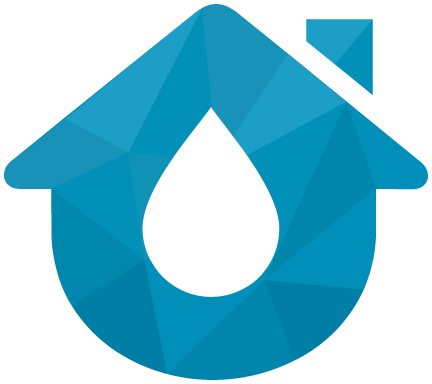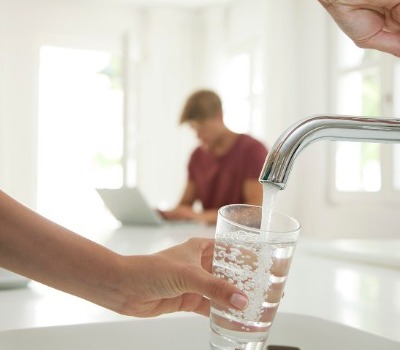Tap water can often be taken for granted in the U.S., as many have spent the majority of their lives drinking directly from the tap without questioning whether or not it is safe to do so. But is it?
While tap water is generally safe to drink for most American citizens, we regularly hear of instances across the country where local water safety issues can grow into more serious problems for communities. Therefore, the question must be asked: is it safe to drink tap water in the U.S.?
Here’s a look at where our water comes from and how government regulation relates to the quality of our water.
Where our water comes from
The vast majority of the U.S. population – roughly 85% – gets its water via municipal systems that in most cases draw from surface sources like rivers and lakes. These are the systems that provide running water for homes, schools, and places of business in highly populated areas.
The other 15%, however, gets its water from private wells – which are primarily made up of groundwater. Because of this, a large portion of U.S. citizens are at an increased risk of adverse health effects caused by contaminants in water that can include lead, iron, zinc, copper, arsenic, and others.
What about government regulations?
The Environmental Protection Agency (EPA) does in fact monitor all public water systems for contaminants, and has been quoted as stating that 92% of all water in the U.S. meets their standards for safe water.
But what does “safe” mean, exactly?
Just because water passes safety standards doesn’t mean it’s entirely free of contaminants – it just means the contaminants present don’t pose a significant health risk. At least, not significant enough to fall short of their safety standards. The reality is that this “safe” water can still contain a wide variety of minerals, contaminants, and bacteria that can make their way into our homes.
The 92% figure also means that 8% of our nation’s water – or millions of glasses per day – do not meet the EPA’s requirements. It’s been previously found that all 50 states have water systems in violation of the EPA’s Safe Drinking Water Act.
In 2019, researchers for the nonprofit Environmental Working Group and Northeastern University also reported 43 states where water was contaminated with a toxic compound known as PFAS.
The risks of tap water are much more of a concern in rural, low-income areas. While cities and surrounding suburbs are able to afford the infrastructure upgrades necessary to provide ready access to high-quality water, rural communities are forced to continue to rely on well water.
So what can we do?
Test your water
If you do live in a rural area or you get your water from a well, you should test your water regularly to be sure of its contents.
A water test from Culligan Water takes 10 minutes or less and comes with a no-cost, no-obligation estimate. It’s a quick and easy way to identify the contents of your water while also inspecting your water fixtures, plumbing, and appliances. Once complete, the results can also help facilitate next steps to resolve any issues with your water quality.
Private well systems aren’t the only water sources at risk, however. While municipal water systems may receive more funding and attention, the water involved still travels a significant distance to reach your home. It has to make its way through long, underground pipes traversing miles and miles beneath city streets. A wide variety of contaminants can be picked up during this process that can hamper the cleanliness of your drinking water.
The bottom line is that there’s always an element of unknown when drinking unfiltered tap water in the home – and the best way to combat that mystery is through the use of a home water filtration system.
Fill your home with better water with Culligan
Whether you live in the city, the suburbs, or the countryside, a water filter can provide an inexpensive yet effective insurance resource against the potential dangers of unfiltered tap water. A water purifier can also provide your home with better-tasting water that is more useful in your day-to-day life.
The benefits of a home water filtration system include:
- Cleaner water – A filter removes the contaminants from your water before it makes its way to your kitchen, bathroom, or appliances, allowing you to enjoy crisp, clean water at all times.
- Better-tasting water – A water filter does away with the unpleasant taste and odor that can often accompany unfiltered water.
- Healthier water – Filtered water is safer to consume, bathe with, and use in household chores like dishwashing and cooking.
- Reduced utilities bills – A water filter reduces scale buildup in your home’s plumbing and helps water flow more efficiently throughout your pipes.
Contact Culligan Water today to start giving your people the water they deserve.





